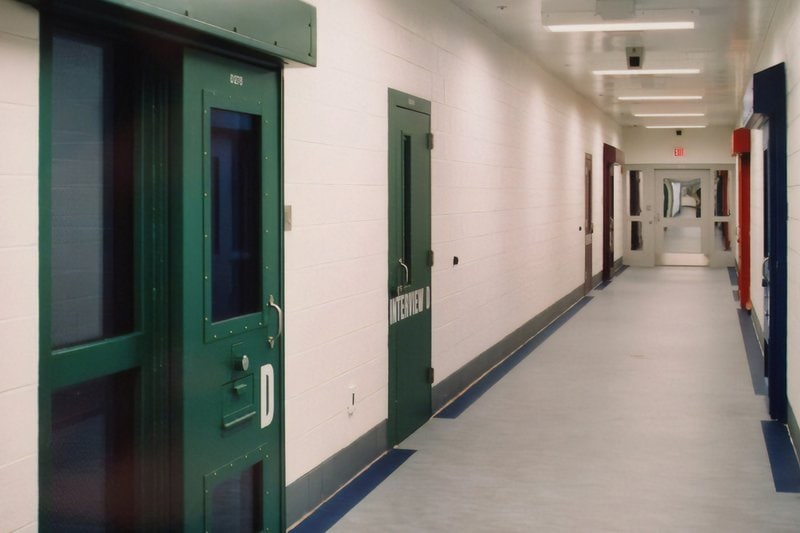
For the tens of thousands of kids locked up in juvenile detention centers and other correctional facilities across America, experts have issued a gloomy warning: The coronavirus is coming.
Already this week, Louisiana confirmed that a staff member and three children in state custody had contracted the virus, including one living in a group home in Baton Rouge. Delaware, Minnesota, New York, Texas and Connecticut are among the other states that have reported positive tests among youth or staff.
Worried about the virus spreading in crowded facilities, where kids have little access to masks and even hand sanitizer, more than 30 correctional administrators and rights advocates called Tuesday for the release of vulnerable youth and for the stoppage of all new admissions. They also want a clear safety plan for those who remain inside, including access to adequate protective measures and better contact with loved ones.
“Even though these kids are hidden from view, they are still part of our community and their health affects the health of all of us, as we affect them,” said Renee Slajda, of the nonprofit Louisiana Center for Children’s Rights. “Imagine what would happen if one school were allowed to stay open, even when students began testing positive for the virus. Hundreds of people would be exposed — the children, staff, and communities they go home to every night.”
When adults are counted, there are more than 2.2 million people behind bars nationwide, more than any other country in the world. Prisons and jails are considered possible incubators for the virus. Once inside, the number of infections rapidly multiply.
In New York City, the Rikers Island jail complex and nearby lockups alone have seen number of positive cases jump tenfold to more than 320 in just two weeks, according to the Department of Corrections.
Some states have started releasing inmates at adult facilities, including the elderly and others with chronic health conditions.
But the 43,000 minors in America’s detention centers and correctional facilities “seem to be an afterthought,” said Gina Womack, executive director of the nonprofit Families and Friends of Louisiana’s Incarcerated Children.
For most people, COVID-19 causes mild or moderate symptoms, such as fever and cough, that typically clear up in two to three weeks. For some, especially older adults and people with existing health problems, it can cause more severe illness, including pneumonia or death.
Homer Venters, a physician and epidemiologist who oversees an organization that tries to help build partnerships between jails and community health care providers, said when the virus first started spreading, there was a myth that young people could not get severely ill.
“We have seen that is not the case,” said the former chief medical officer for New York City’s jails. He added that detention centers are disproportionately made up of kids with serious health problems, putting them at special risk. “So we cannot proceed on the basis of a real misconception that people who are there, even if they get infected, cannot die, because they can and they will.”
But physical health concerns aren’t the only issue with youth.
When he was young, Hernan Carvente Martinez spent time at the Horizon Juvenile Center in New York, where there have already been three confirmed cases.
The pandemic carries a heavy emotional toll, he said.
Many educational programs have been cut back or suspended, and visitation from family has been totally cut off in most cases, leaving children feeling isolated and vulnerable. Kids who are locked up already have a far higher risk of suicide than those in the general population, often linked to drug dependency, mental illness or traumatic childhood experiences and frequently involving physical and sexual abuse.
“That in and of itself puts a tremendous amount of hardship on their mental health,” said Martinez, who now works for the Youth First Initiative, a nonprofit that aims to close youth prisons and end juvenile incarceration.
“There is that fear that you’re going to be caught by the crisis and then ultimately have to deal with it while being away from your family and everyone you love.”
___
Republished with permission from the Associated Press.



